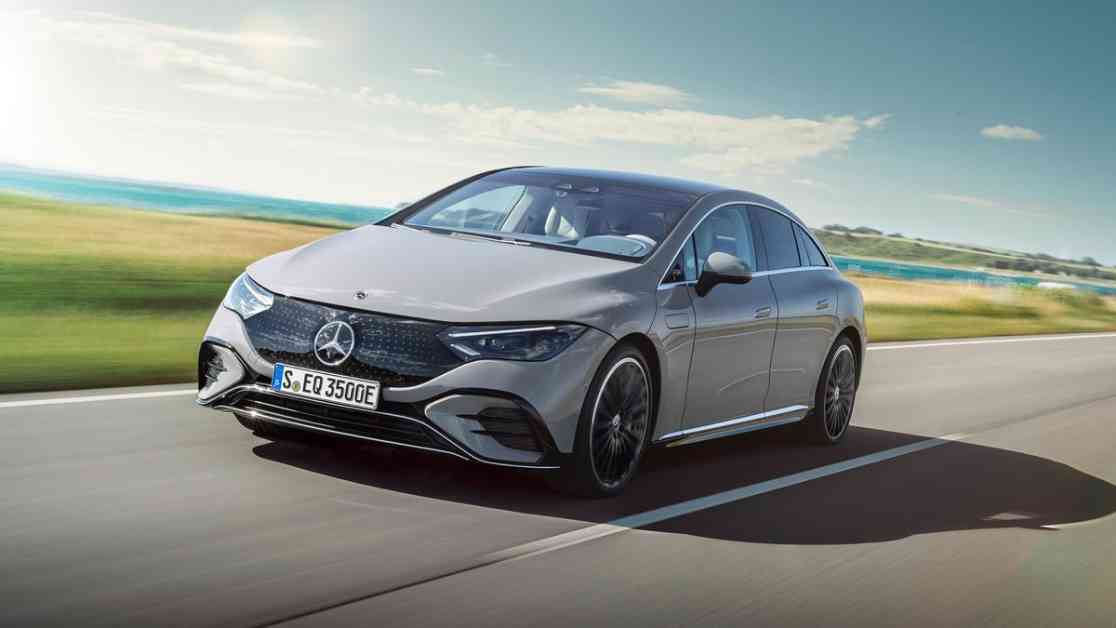The depreciation of electric vehicles has been a hot topic in the automotive industry recently, with some shocking revelations about just how quickly these vehicles can lose their value. According to recent observations, electric vehicles can now lose up to half their value over the course of a single year. This is a significant shift from previous projections, which estimated that electric cars would lose half their value over a three-year period.
One of the key factors contributing to the rapid depreciation of electric vehicles is the ever-evolving nature of the market. As new models are released with improved range, performance, and charging speed, older models quickly become outdated and lose value. Additionally, the high initial cost of electric cars, along with optional extras and concerns about range and charging infrastructure, can further contribute to their depreciation.
A recent study conducted in the U.K. and U.S. markets by Wired highlighted some of the models that are particularly prone to rapid depreciation. The Ford Mustang Mach-E and the Polestar 2 were noted as losing 52 percent of their sticker price in just 12 months compared to their trade-in value. On the other hand, the Tesla Model 3 fared better, only losing 45 percent of its value over the same period.
However, it was the Mercedes EQE that stood out as the worst performer in terms of depreciation. This electric sedan lost almost 50 percent of its value in just 12 weeks, depreciating at a rate of $615 per day. The reasons for such steep depreciation rates are varied, but it is clear that the rapidly evolving nature of the electric vehicle market is a significant factor.
One of the key drivers of depreciation in the EV market is the emergence of new, more advanced models that offer improved range, performance, and charging speed. As technology continues to evolve at a rapid pace, older models quickly become outdated and lose their value. This trend is particularly evident in the case of first-generation electric vehicles, such as the Porsche Taycan, Audi e-tron, and Mercedes EQ families.
These vehicles, which were the first attempts by legacy manufacturers to enter the electric vehicle market, are now being overshadowed by newer, more advanced models. As a result, their depreciation rates are significantly higher than those of newer models that offer more advanced features and technology. This trend is likely to continue as the electric vehicle market continues to evolve and new, more advanced models are released.
Another factor that is contributing to the depreciation of electric vehicles is the increasing competition in the market. With a growing number of manufacturers entering the electric vehicle space, consumers have more options to choose from than ever before. This increased competition is putting pressure on prices, leading to lower resale values for older models.
Despite the rapid depreciation rates of electric vehicles, there is a silver lining for consumers. As technology continues to evolve and new, more advanced models are released, older models will inevitably lose their value. This means that consumers who are looking to purchase a used electric vehicle may be able to find a good deal on a relatively new model that has depreciated rapidly.
Overall, the rapid depreciation of electric vehicles is a reflection of the dynamic nature of the market. As technology continues to evolve and new models are released, older models quickly become outdated and lose their value. While this may be concerning for current owners of electric vehicles, it presents an opportunity for consumers who are looking to purchase a used electric vehicle at a discounted price. As the market continues to evolve, it will be interesting to see how depreciation rates change and how consumers respond to the evolving landscape of the electric vehicle market.










